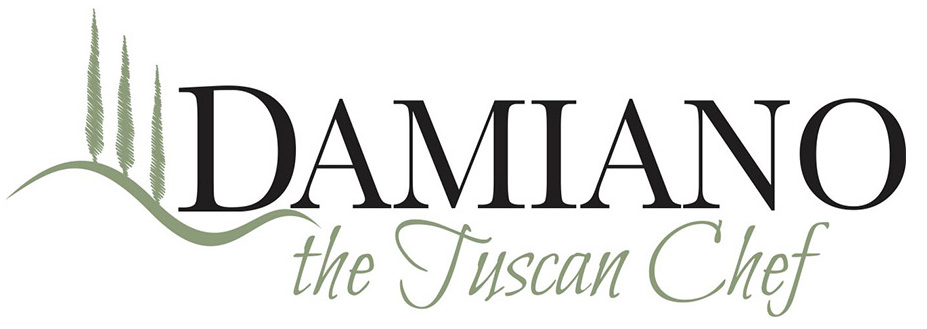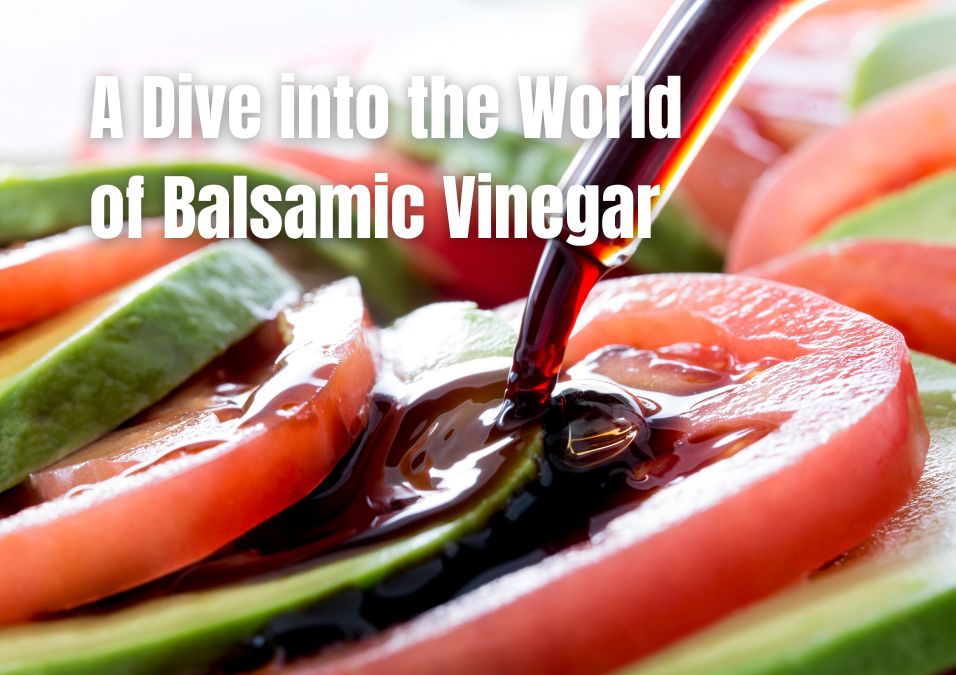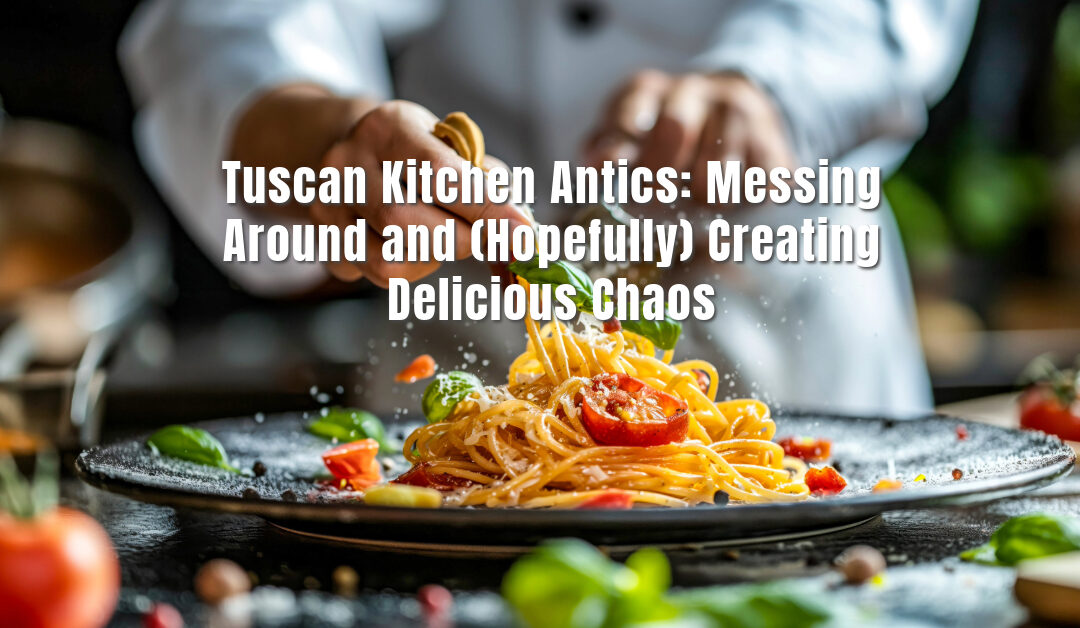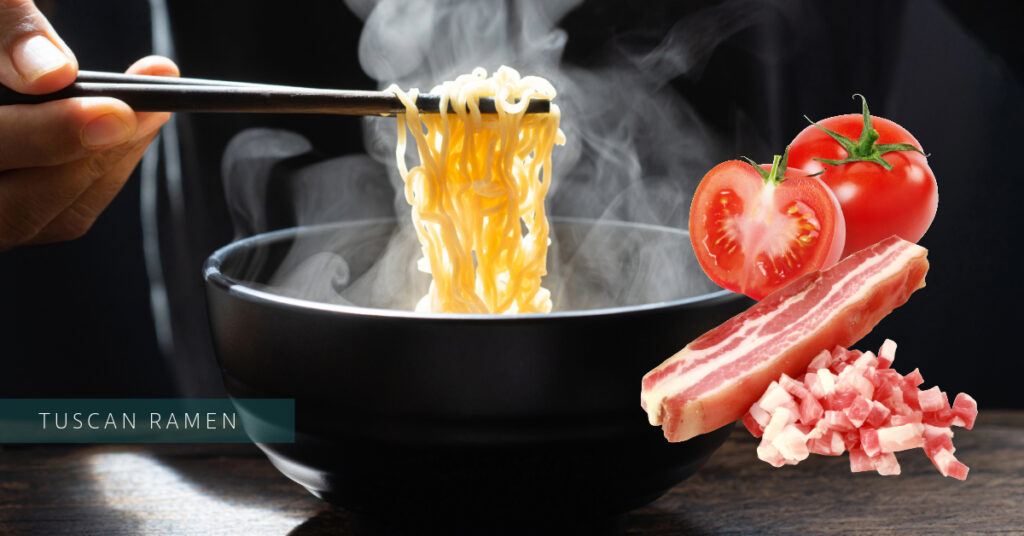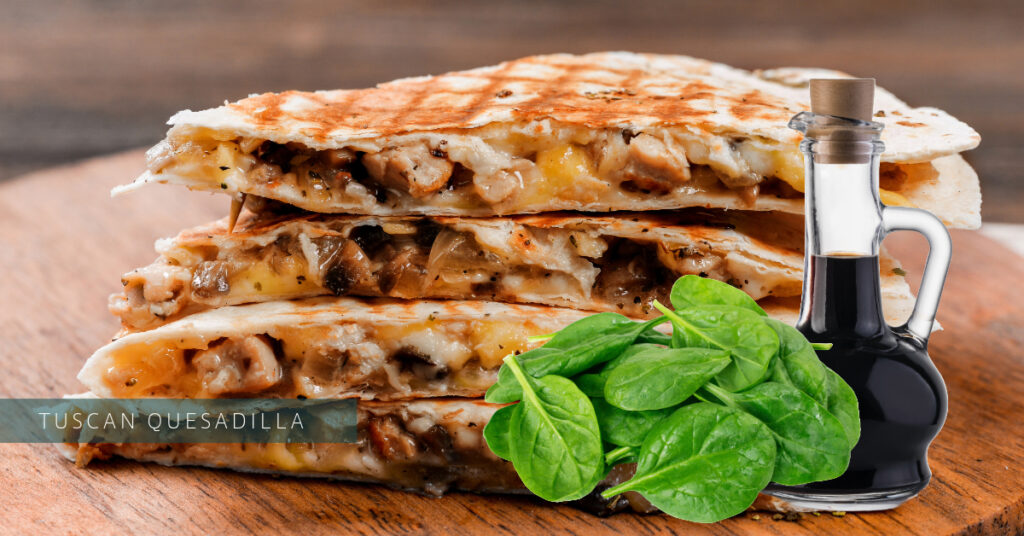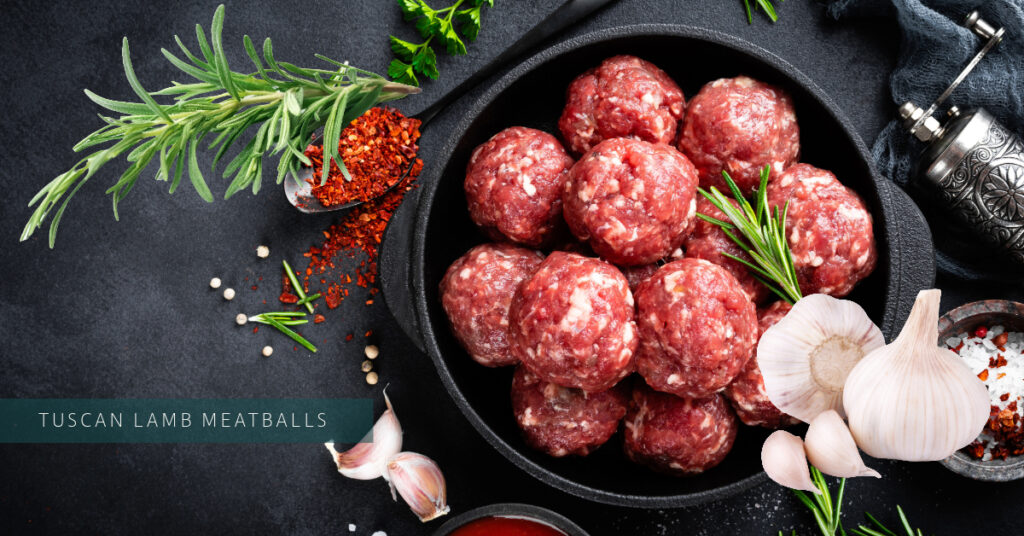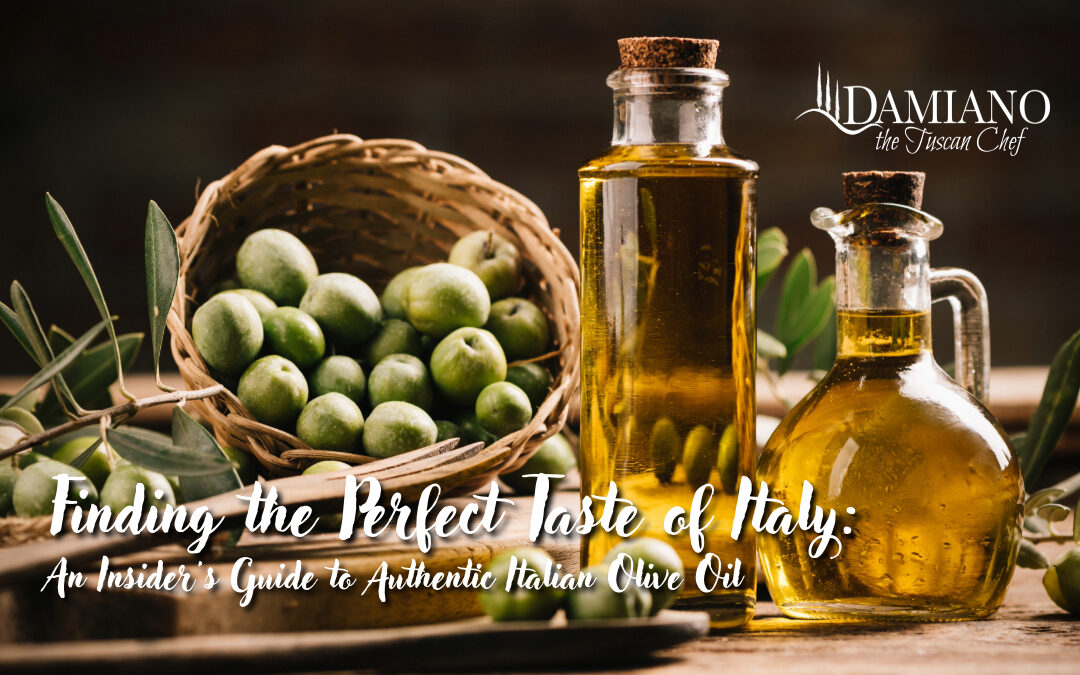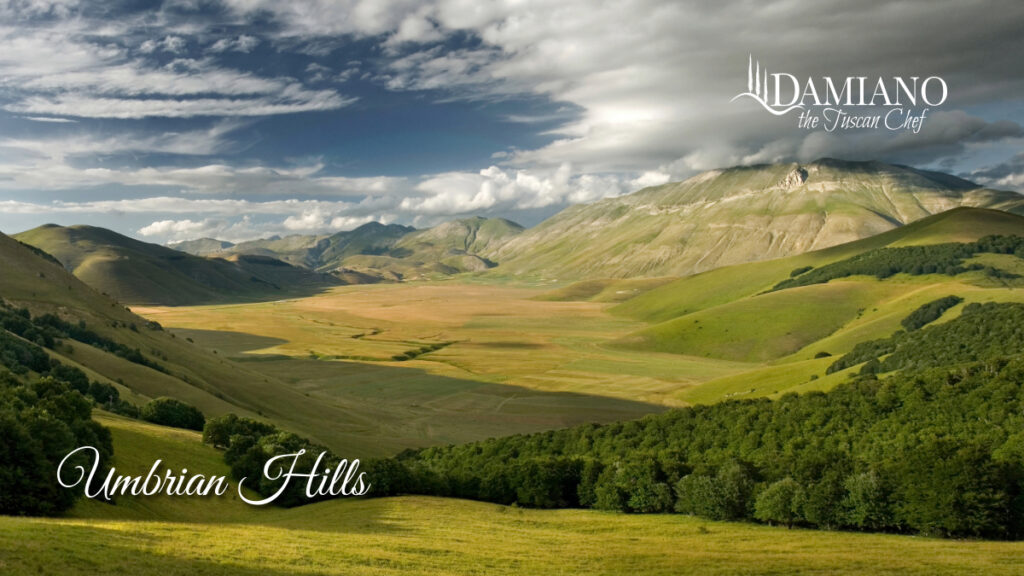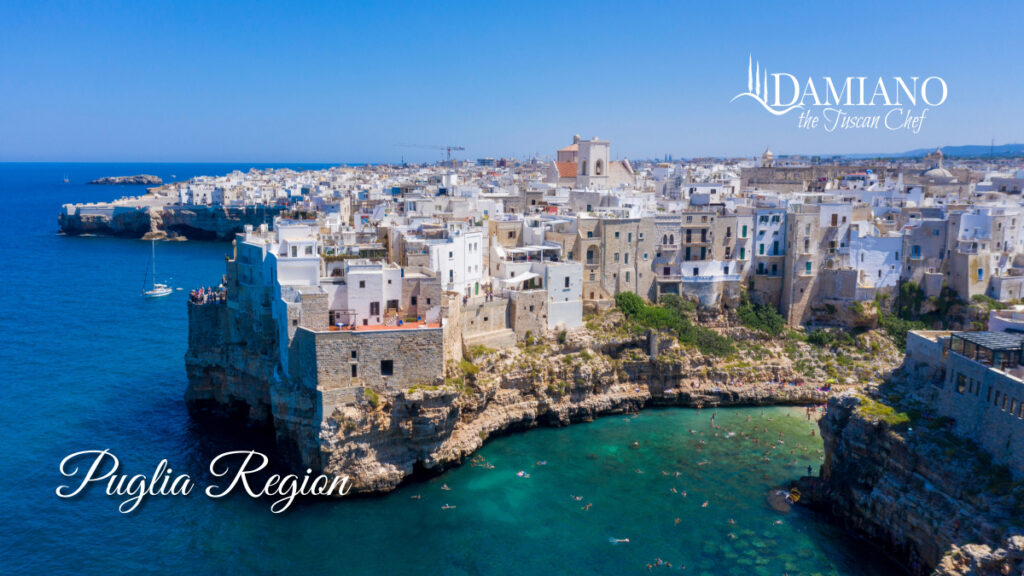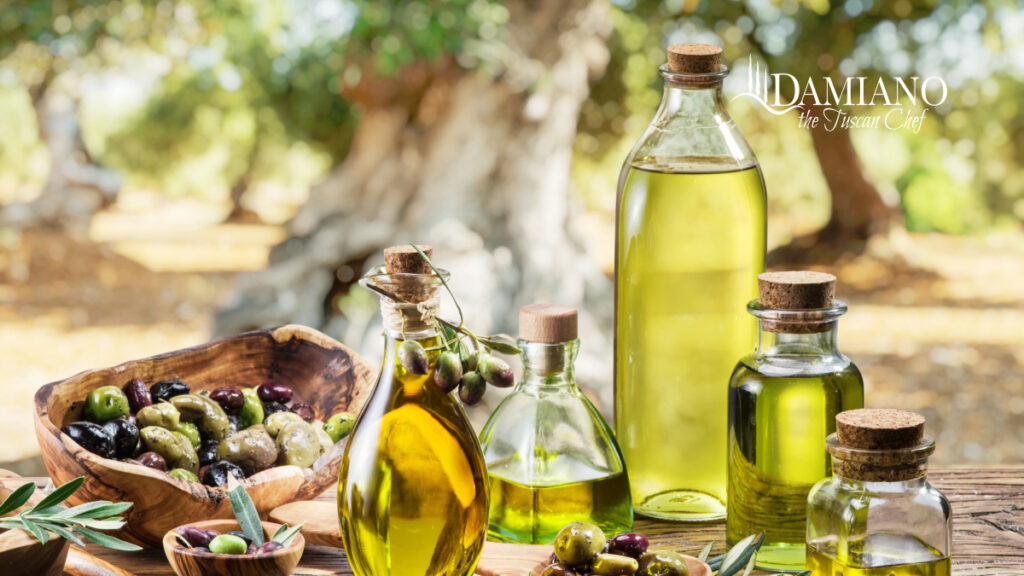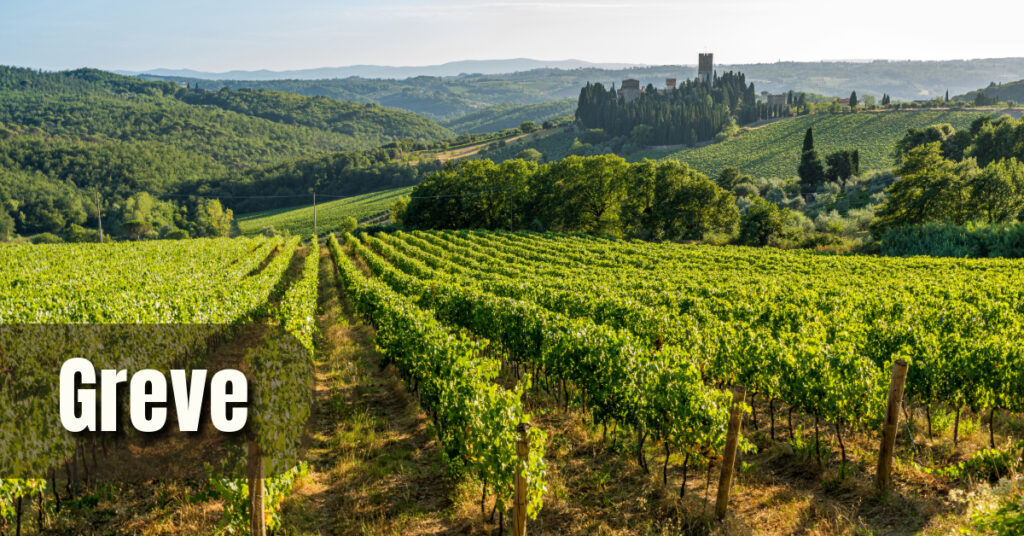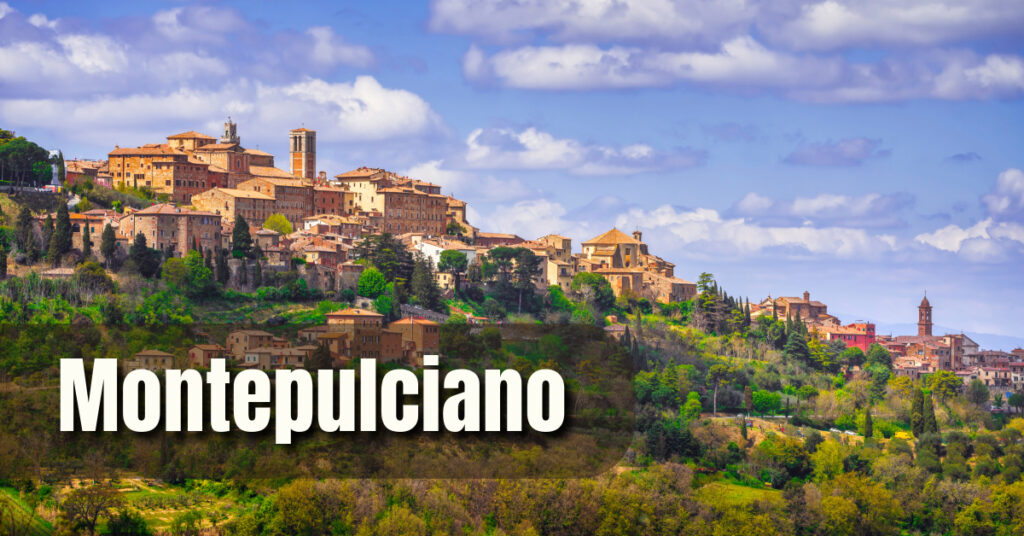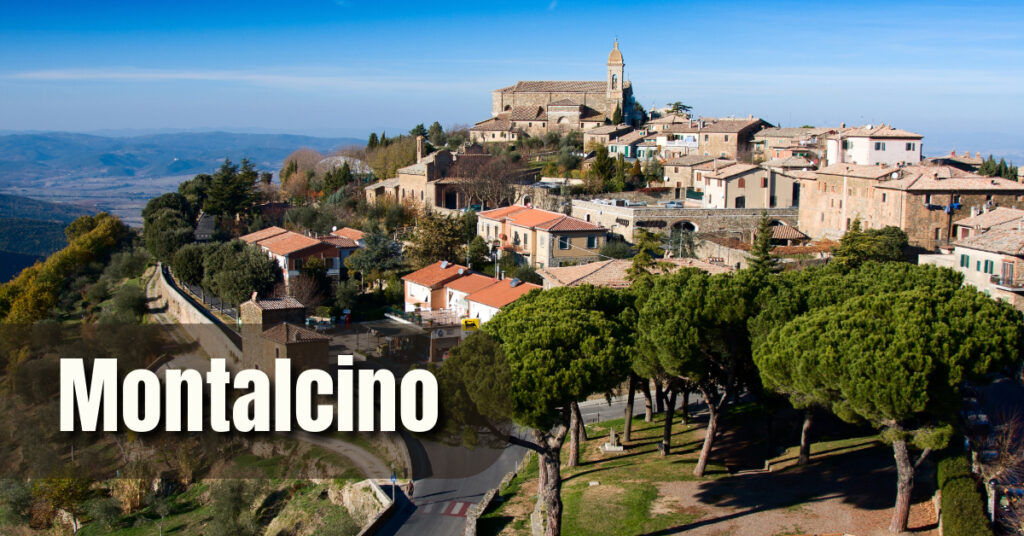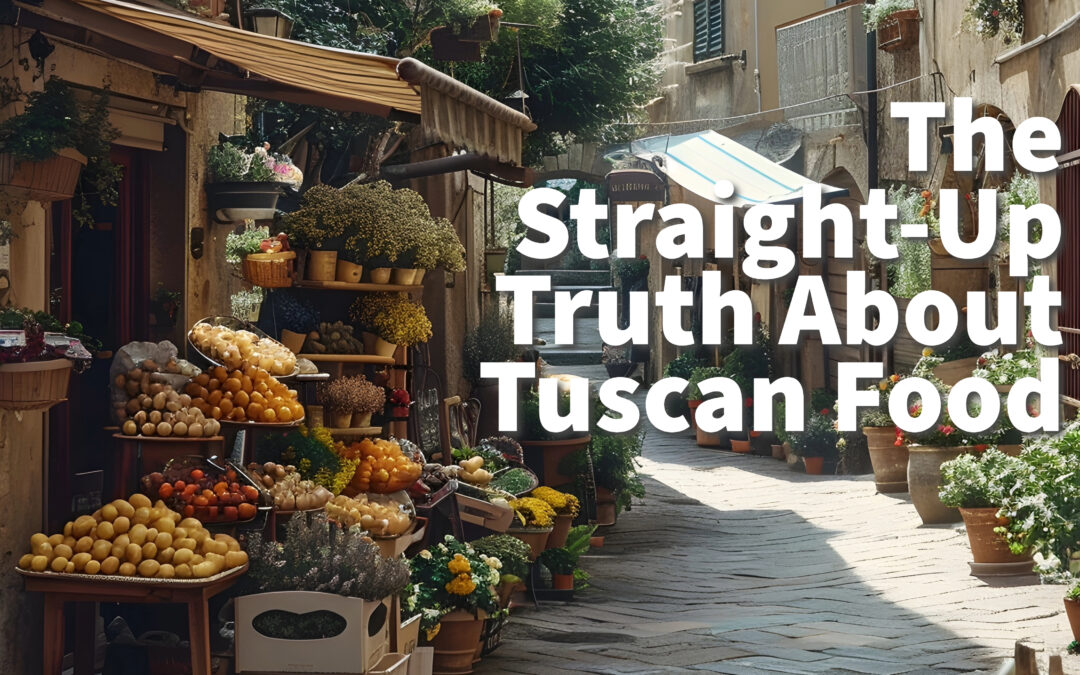
The Straight-Up Truth About Tuscan Food
Yo, my foodie fam! Let’s kick it and get real about Tuscan grub. This place has mad hype for its flavors – from them rolling vineyards to cute lil’ villages soaking up rays, and meals that’ll have you singing praises between bites. But with all that fame comes a bunch of whack myths that might leave you confused AF. No worries though, I got you! I’m about to bust those Tuscan tall tales wide open.
Myth #1: Garlic Breath For Days
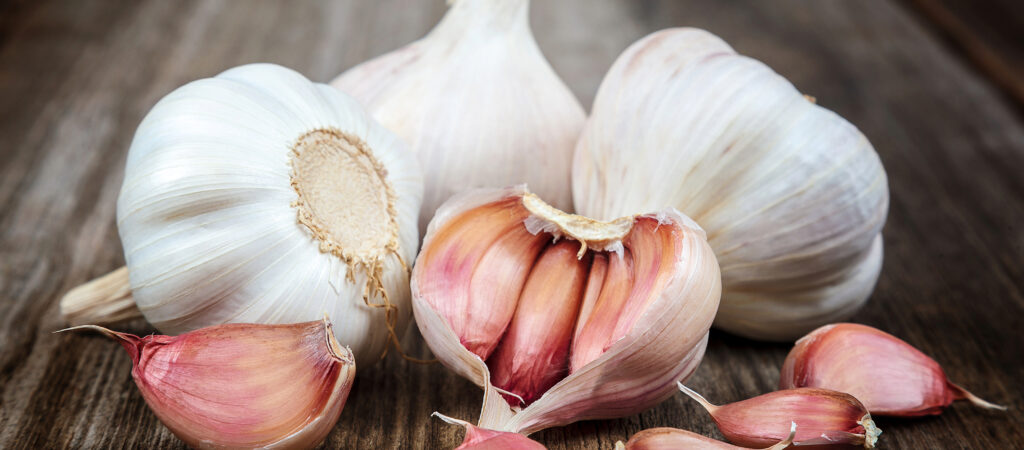
Garlic is an OG in Italian cooking, dropping that pungent flavor bomb we can’t get enough of. But in Tuscany, it’s more of a background player. Yeah, it pops up here and there, but it ain’t the star of the show. Fresh herbs like rosemary, sage, and basil get all the love, creating that perfectly balanced flavor symphony Tuscans are known for slinging.
Myth #2: Pasta City, Population: You
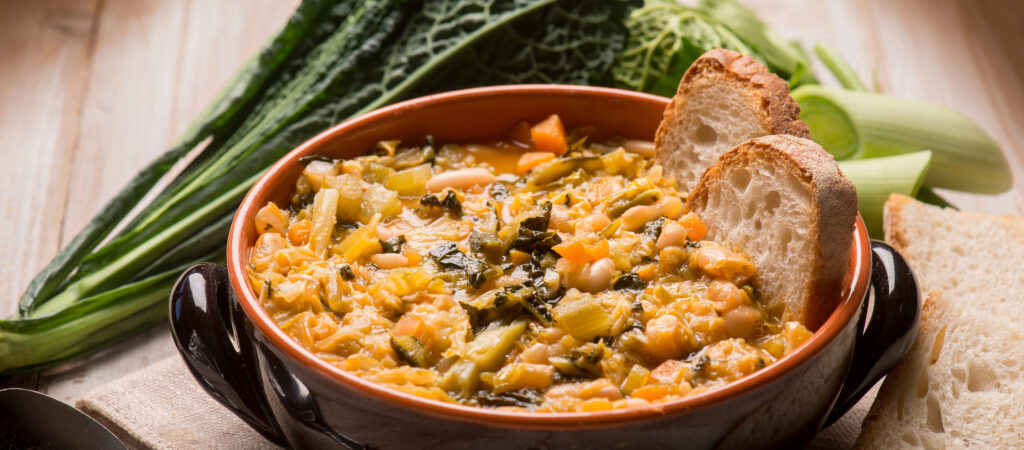
Pasta is bae for any respectable carb-lover, no doubt. And Tuscan cuisine reps it for sure. But hold up – it ain’t the only game in town! Dishes like Ribollita (a hearty bread and veggie stew) and Panzanella (summer’s finest bread salad) show off Tuscany’s obsession with fresh, seasonal produce. Let’s not forget the main events either – grilled meats that’ll make you weak, seafood stews to make you swoon, and roasted veggies so on point, you’ll be dreaming about ’em. Pasta might kick things off, but the Tuscan flavor journey runs way deeper.
Myth #3: Total Gut Bomb

With that breathtaking coastline on one side and rolling green hills on the other, Tuscany’s cuisine vibes with those contrasts. Coastal towns do that light, fresh thing – crisp seafood, vibrant salads, you know the drill. But head inland and you’ll find heartier plates like rustic bean stews and wild boar roasted to perfection. The key though is to use quality seasonal ingredients and simple cooking techniques that let those natural flavors pop off. Tuscan food masters balance, not a calorie bomb mission.
Myth #4: Chianti or Bust

Chianti is 100% a Tuscan icon with those classic black rooster bottles. But here’s the thing – it’s just the tip of the Tuscan wine iceberg, fam. Go explore bigger, bolder bottles like Brunello di Montalcino, or keep it light and crisp with Vernaccia di San Gimignano. Every region has that special grape varietal specifically designed to complement the local flavors. It’s like a built-in wine pairing made in foodie heaven.
Myth #5: Grandma’s Secret Stash
For sure, tradition is huge in Tuscany. But that doesn’t mean the food scene is stuck in the past! Modern chefs are taking those OG ingredients and techniques and putting their fresh spin on things. Think of it as a fire new remix of an old-school classic – familiar flavors all jazzed up with unexpected twists that’ll make your taste buds go stupidly wild.
So What’s the Real Tuscan Flavor Vibe?
It’s all about celebrating fresh, seasonal ingredients, simple (but crazy flavorful) cooking methods, and keeping it 100 with that deep-rooted respect for tradition. Tuscan cuisine is the art of embracing what nature’s serving up, sharing meals with your closest squad, and finding pure joy in legit good food. Ditch those lame stereotypes and get ready to pop your taste buds’ cherries with the real Tuscan experience – a flavor symphony, a celebration of simplicity, and a flavor adventure that’ll leave you feeling for an encore!

Ready to dive into the deliciousness? Here’s how to start:
– Do your own research on those regional specialties – every spot has its unique culinary personality. Plan meals accordingly to get those distinct vibes on lock.
– Hit the local markets and submerge yourself in the sights, smells, and buzz of vendors hustling that fresh seasonal bounty. It’s a flavor treasure trove just waiting to get explored, fam!
– Take a cooking class from a local pro and get them insider tips. You’ll level up your skills and gain major insight into the region’s culinary culture on a way deeper level.
– Chase them seasons, no cap! Tuscan cuisine is all about embracing what’s fresh and at peak deliciousness. Switch up your dishes to capture those fleeting seasonal flavor explosions.
Buon appetito, my foodie fam! Tuscany’s waiting to blow your minds (and squash any remaining whack myths) with the real deal flavors. Get ready to experience it all with an adventurous palate and hella curiosity! No cap.
